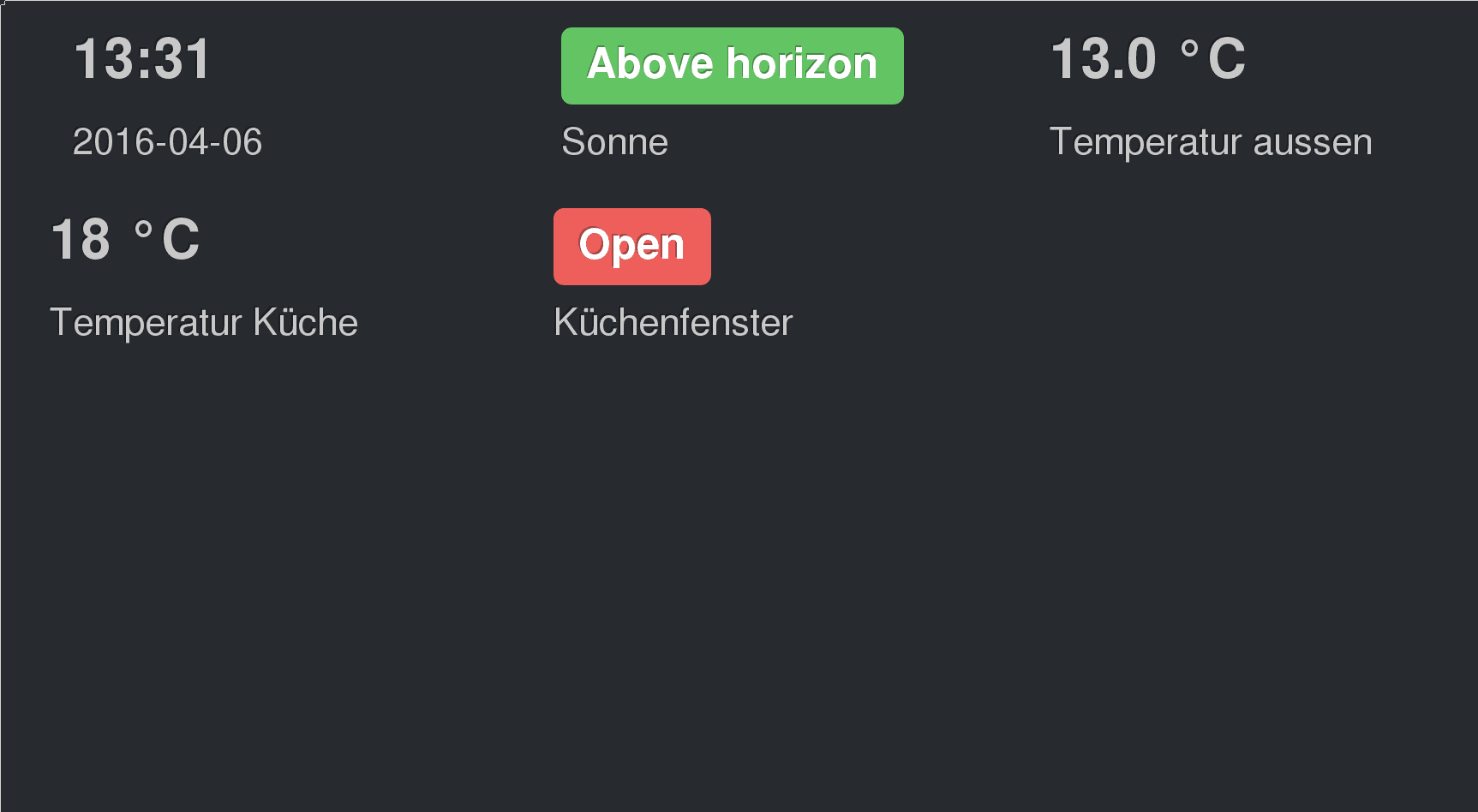Static website
The frontend of Home Assistant is served with the help of a local web server. If you have customized your installation you already use this functionality. The content of your folder www in your Home Assistant configuration directory (.homeassistant) is available under /local (eg. https://localhost:8123/local/index.html for an index.html file).
But there is more you can do! You can not only host images for customization there but HTML files or even web applications including CSS and Javascript.

In the past the buzz word “Smart mirror” was used a couple of times in our chatroom
There are plenty of ways to achieve this…RESTful API, Python API, or one of the history components. If it is to be a web page I’m using the MQTT Eventstream component and Eclipse Paho JavaScript Client
The HBMQTT
I hope that this little article could give you an idea of extending Home Assistant in an unconventional way.